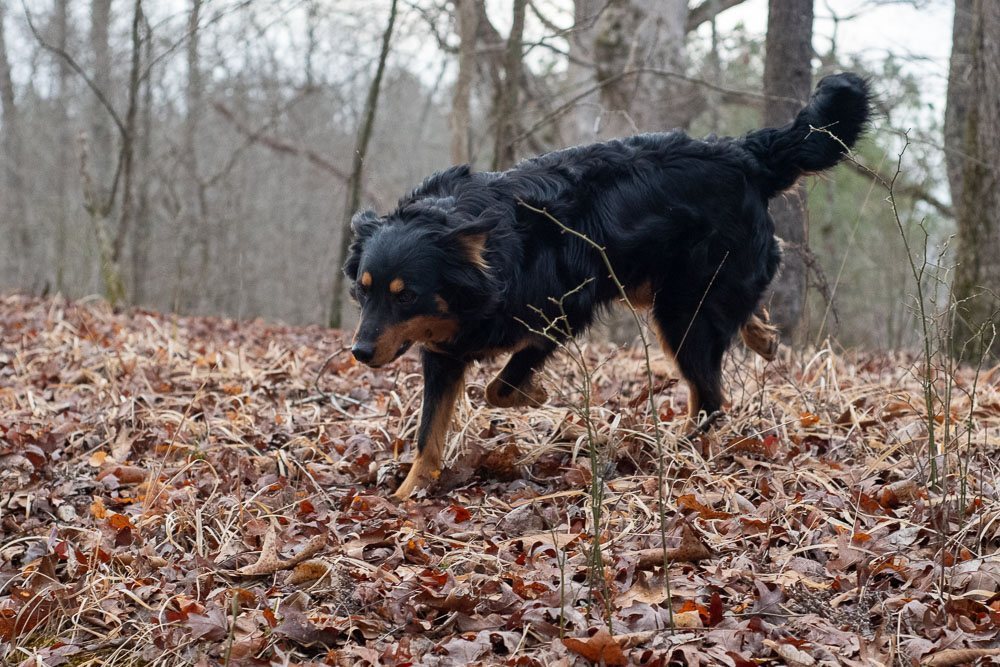Introduction
Our understanding of the world is often shaped by the mental shortcuts or biases that we unconsciously use to process information. These cognitive biases help us navigate complex situations, but they can also lead to inaccurate beliefs or judgments. In the context of dog breeds, three common cognitive biases—the availability heuristic, anchoring, and confirmation bias—can cause us to form overgeneralized opinions about the traits and behaviors of an entire breed based on a few examples we’ve seen and encountered. This article explores the role of these biases in shaping our perceptions of dog breeds and provides suggestions for overcoming their influence.
When Memory Misleads
The availability heuristic is a cognitive bias where people overestimate the likelihood of events based on the ease with which examples come to mind. In the case of dog breeds, if someone has encountered a few aggressive dogs of a specific breed, they might assume that all dogs of that breed are aggressive. The memory of those aggressive dogs is easily accessible, which leads them to overemphasize the importance of those experiences and overlook other factors, such as the dog’s upbringing or environment, that may have contributed to the aggressive behavior.
Stuck on First Impressions
Anchoring is the cognitive bias where people rely too heavily on the first piece of information they encounter when forming opinions or making decisions. For example, if someone hears a story about a particular dog breed being friendly, they might anchor to that information and believe that all dogs of that breed are friendly. Consequently, they are more likely to focus on friendly behaviors when encountering dogs of that breed, even if other dogs display a range of behaviors, which reinforces their initial belief.
Seeing What We Want to See
Confirmation bias refers to the tendency to search for, interpret, and remember information that confirms one’s pre-existing beliefs or hypotheses. When it comes to dog breeds, if someone already has an opinion about a breed’s traits and behaviors, they are more likely to notice and remember instances that support their belief while discounting or ignoring contradictory evidence. For instance, if someone thinks a certain dog breed is not intelligent, they might pay attention to instances where the dog fails to understand a command while ignoring examples where the dog demonstrates intelligence in other ways.
Embracing a Broader Perspective
To mitigate the impact of cognitive biases on our judgments about dog breeds, it’s essential to be aware of these biases and actively challenge our beliefs. Here are some steps to consider:
- Seek diverse information: Gather information from various sources, including scientific research, professional opinions, and firsthand experiences from different dog owners, to develop a more comprehensive understanding of a dog breed.
- Evaluate the context: Understand that dogs’ behaviors and traits are influenced by multiple factors, such as upbringing, environment, and individual personality, which may not be representative of an entire breed.
- Challenge your beliefs: Actively question your assumptions and beliefs about dog breeds and be open to changing your opinions based on new evidence.
Conclusion
By making an effort to challenge our beliefs, we can develop a more accurate and nuanced understanding of the traits and behaviors of different dog breeds. Embracing a broader perspective allows us to appreciate the individuality of each dog, rather than relying on overgeneralized assumptions. Ultimately, this approach fosters a more informed and compassionate view of our canine companions, promoting responsible pet ownership and a better appreciation for the diversity within each breed.

